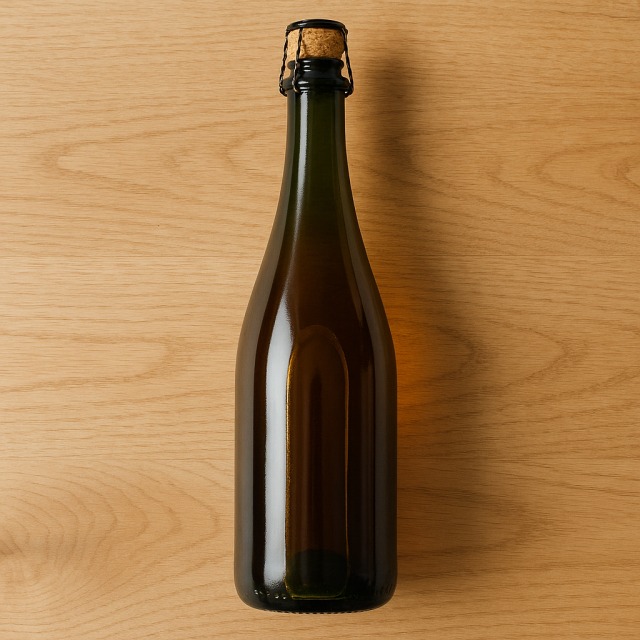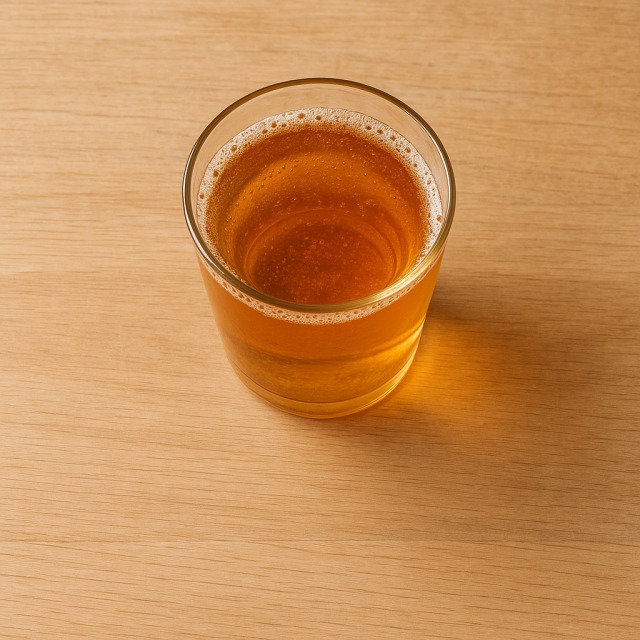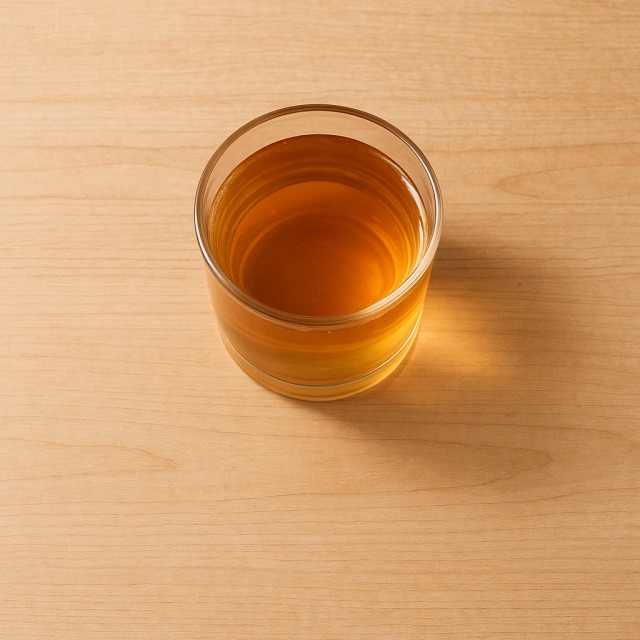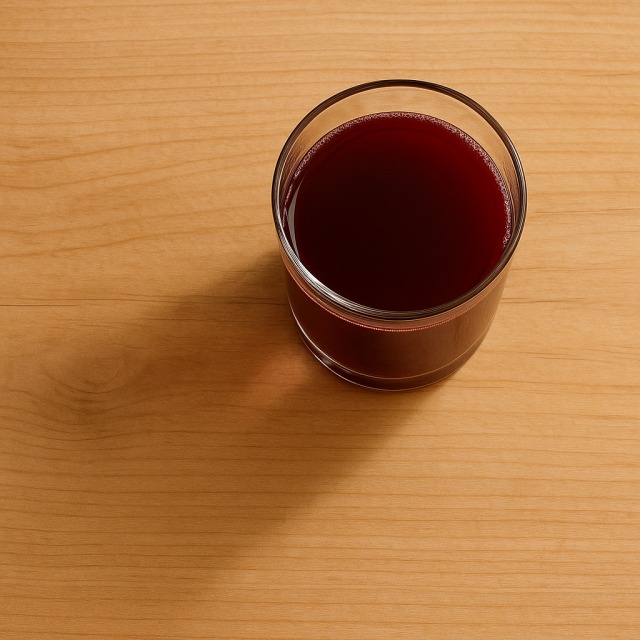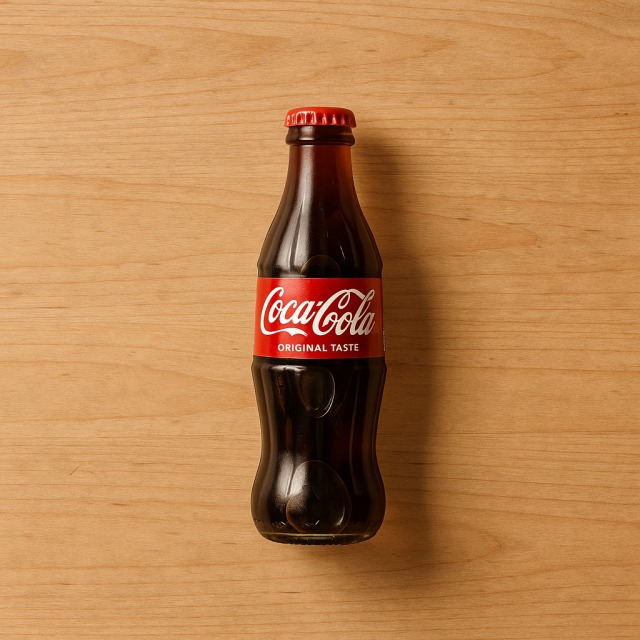Calorie Chart / Beverages / Beer
How Many Calories Are in Beer?
Calculation of the nutritional value & Recommended Dietary Intake of beer
For ml and a calorie requirement of kcal
| Calories 113 kcal | Proteins 0 g | Lipids 0 g | Carbohydrates 9.8 g |
| 6% | 0% | 0% | 4% |
Health benefits of beer
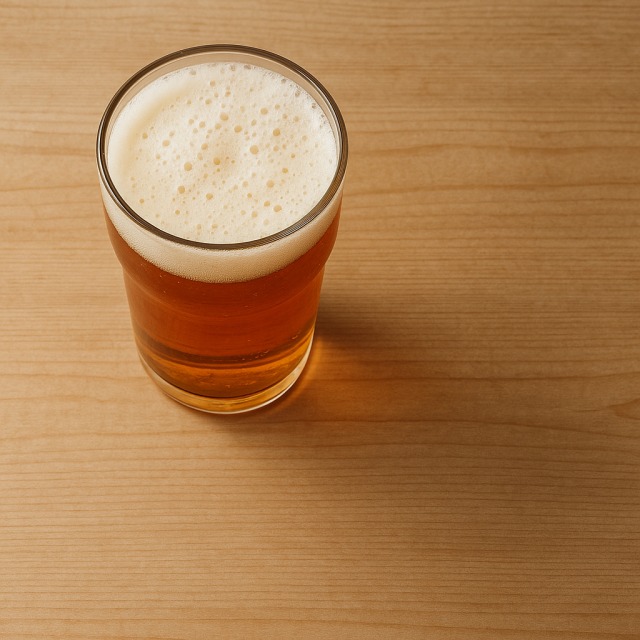
Beer - 100ml
Calories 45 kcal
Proteins 0 g
Lipids 0 g
Carbohydrates 3.9 g
Beer is a fermented cereal beverage that belongs to the moderate-calorie family: it delivers fewer calories than most spirits yet more calories than plain water or tea. Its calories mainly come from alcohol and a small amount of residual carbohydrates.
Nutritionally, beer supplies B-group vitamins (notably B3, B6, and folate) that survive the brewing process, plus minerals such as potassium, magnesium, and a remarkable amount of silicon that supports bone metabolism. Hops and malted barley also contribute polyphenols with antioxidant activity. Their cardiovascular benefit is still considered "supposed" by the scientific community, but they do add interest beyond simple calories.
Anecdotally, monks in medieval Europe brewed so-called "liquid bread" to sustain themselves during fasting periods. Its modest calories helped them endure long days with limited solid food. Today, beer remains a social drink whose calories must be taken into account in any weight-management strategy.
Although not a source of proteins or lipids, beer's calories can add up quickly when several glasses are consumed. Remember: moderate consumption keeps the calories in check and lets you enjoy its historical and nutritional perks without compromising a balanced diet.
Tips for incorporating beer into a balanced diet
Because its calories come mostly from alcohol, pairing beer with nutrient-dense foods helps create a balanced plate. A classic idea is a beer marinade for chicken breasts: the alcohol tenderizes the meat while the calories remain limited once the alcohol evaporates during cooking.
If you love fried food but watch your calories, try a light beer batter for cod fillets. The carbonation gives crispness, so you can use less batter and therefore consume fewer calories compared with traditional breading.
On game day, replace high-calorie chips with a handful of roasted almond nuts and raw veggie sticks. Their fiber and proteins provide satiety, helping you keep overall calories under control while still enjoying a chilled beer.
Finally, serve your pint alongside a quinoa and broccoli salad dressed with a spoonful of vinaigrette. The vitamins and fiber balance the drink's empty calories and create a satisfying, nutrient-rich meal.
Frequently Asked Questions
- How many calories are in beer?
- Beer contains 45 kcal per 100 g.
- Where do most beer calories come from?
- Roughly two-thirds of beer calories originate in alcohol, while the rest come from its small share of carbohydrates left after fermentation.
- Does a light beer really save calories?
- Yes, light versions generally cut alcohol content and can save 20 – 40 % of calories compared with the same volume of regular beer.
- Is beer higher in calories than dry cider or red wine?
- Per 100 g, beer calories sit between dry cider (lower) and many wines (higher); however, common serving sizes can change the total calories you drink.
- How can I offset beer calories during a meal?
- Combine your glass with lean protein like salmon and plenty of vegetables, and skip high-calorie sides such as French fries. The extra fiber and proteins help you stay satiated while limiting total calories.
- Do the calories in alcohol count the same as food calories?
- Absolutely. Your body still metabolizes alcohol energy, so those calories contribute to your daily total just like the calories from a baguette or a piece of fruit.
Similar foods
Alcohol consumption may be harmful to your health. Please drink responsibly. Do not drink and drive. Not recommended during pregnancy. Must be of legal drinking age.
Information provided by Calorie Menu may contain inaccuracies or errors. It cannot, under any circumstances, substitute medical advice or medication.
